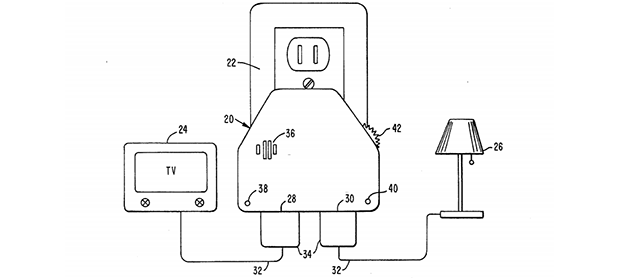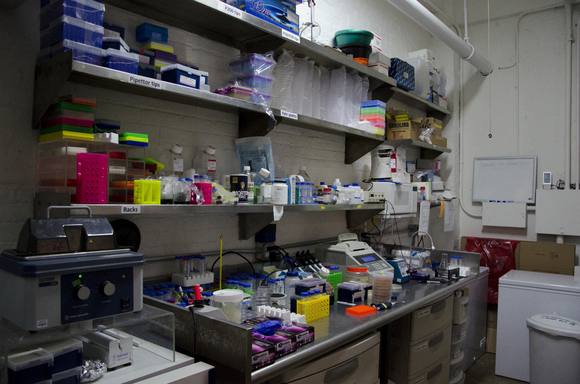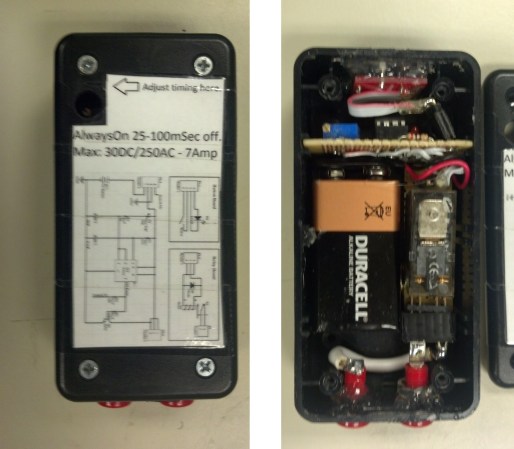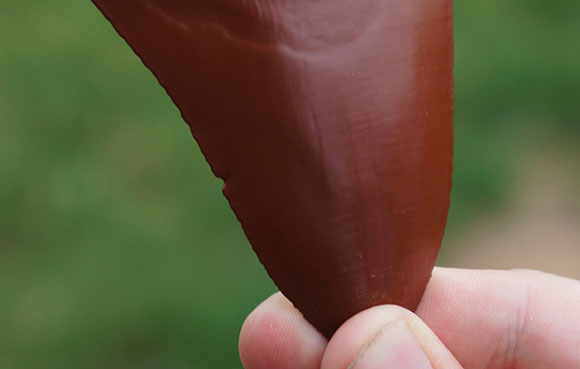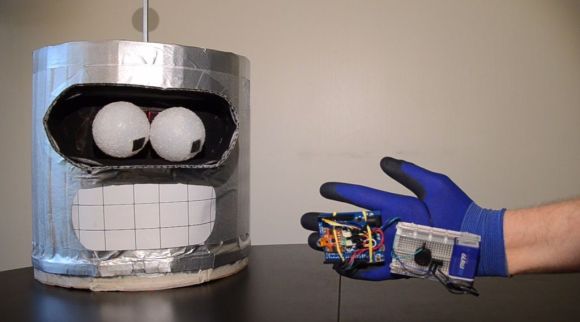![]()
Winter is coming. We’ve see those gloves in stores made specifically to work with your smartphone. [hardsoftlucid] isn’t buying it. He made his own version using… well, you just have to see it.
Here’s an eBookmark for a real book. What? Well, you know how an eReader does a great job of keeping your place between reading sessions? This is an electronic bookmark for paper books which uses LEDs to show you where you last left off reading. [via Adafruit]
[Thomas Brittain] wrote in to share his BLE Module and Pulse sensor updates. Both were featured in a recent Fail of the Week column and the latest iteration takes them from fail to functioning!
You may be able to get a free XMOS xCORE starter kit. The company is giving away 2500 of them. [Thanks Tony]
After learning about custom labels for microcontroller pinouts from [John Meachum] we’re happy to get one more helpful tip: a breadboard trench is a great place to hide axial decoupling capacitors.
A bit of cutting, solder, and configuring lets you turn a simple gamepad into a 4-controller interface for MAME.
Many of the Hackaday Staff are into Minecraft (between Let’s Play videos, running servers, and building computers in-game it’s a wonder we get anything done around here). We restrained ourselves by not making this video of a Restone circuit Blender animation on your desktop into a full front page feature. [via Reddit]


